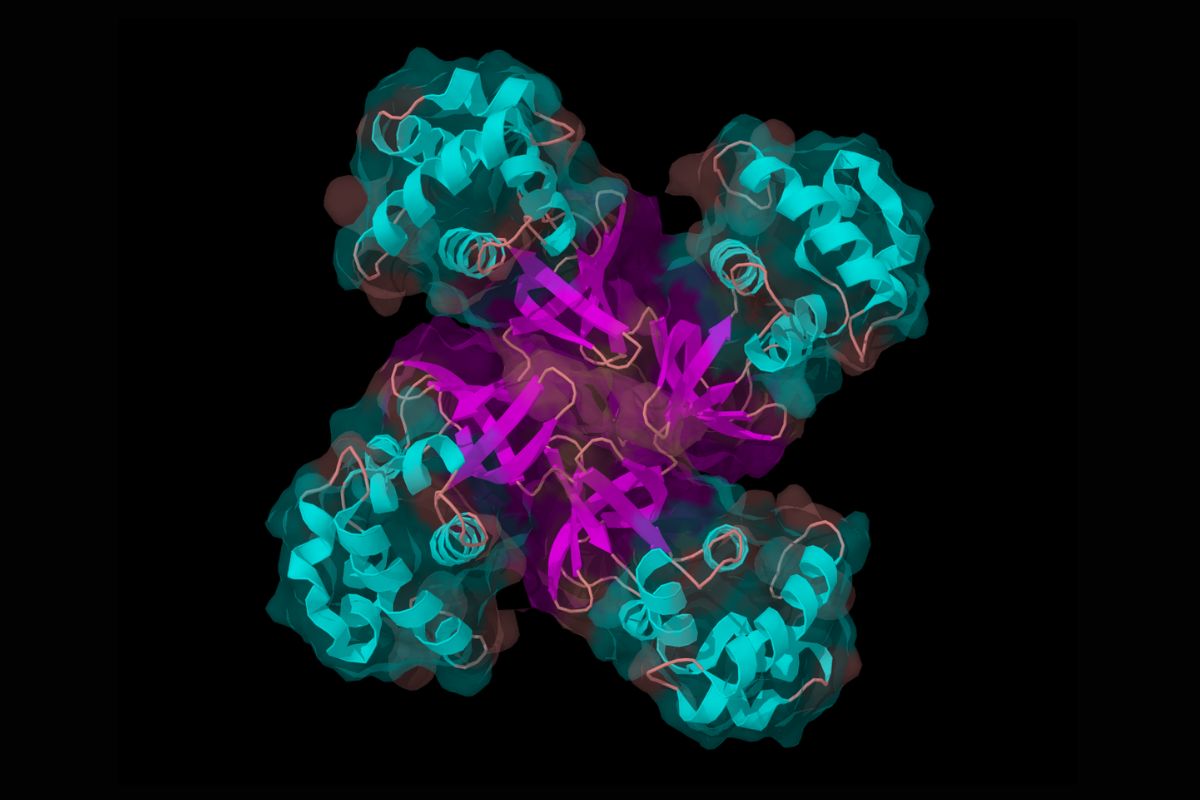
Helicases are fascinating enzymes that play a crucial role in DNA and RNA processes. But what exactly do they do? Helicases are responsible for unwinding the double-stranded DNA or RNA, making it possible for replication, repair, and transcription to occur. Imagine them as molecular motors, tirelessly working to separate the strands of the genetic material. Without these enzymes, cells wouldn't be able to divide or repair themselves, leading to numerous biological issues. In this article, we'll explore 25 intriguing facts about helicases that will help you understand their importance and the incredible work they do within our cells.
What Are Helicases?
Helicases are enzymes that play a crucial role in various biological processes. They are responsible for unwinding DNA and RNA, making them essential for replication, repair, recombination, and transcription. Here are some fascinating facts about these molecular machines.
-
Helicases are motor proteins that use energy from ATP hydrolysis to unwind nucleic acids.
-
They are found in all living organisms, from bacteria to humans.
-
Helicases are involved in nearly every aspect of nucleic acid metabolism.
-
There are six superfamilies of helicases, each with distinct structural and functional characteristics.
The Role of Helicases in DNA Replication
DNA replication is a fundamental process for cell division and growth. Helicases play a pivotal role in this process by unwinding the DNA double helix.
-
The enzyme responsible for unwinding DNA during replication is called the replicative helicase.
-
In bacteria, the replicative helicase is known as DnaB.
-
In eukaryotes, the replicative helicase is a complex called the MCM complex.
-
Helicases work in conjunction with other proteins, such as single-strand binding proteins, to stabilize the unwound DNA.
Helicases in DNA Repair
DNA can be damaged by various factors, including UV radiation and chemicals. Helicases are essential for repairing this damage.
-
Helicases involved in DNA repair include the RecQ family of helicases.
-
Mutations in RecQ helicases can lead to genetic disorders like Werner syndrome and Bloom syndrome.
-
Helicases help to remove damaged DNA strands and facilitate the repair process.
-
They also play a role in the mismatch repair pathway, which corrects errors that occur during DNA replication.
Helicases in RNA Metabolism
RNA metabolism includes processes like transcription, splicing, and translation. Helicases are vital for these processes as well.
-
RNA helicases are involved in the unwinding of RNA during transcription.
-
They also play a role in RNA splicing, where introns are removed, and exons are joined together.
-
RNA helicases are essential for the assembly of ribosomes, the cellular machinery responsible for protein synthesis.
-
DEAD-box helicases are a well-known family of RNA helicases involved in various aspects of RNA metabolism.
Helicases and Human Health
Helicases are not only important for basic cellular functions but also have implications for human health and disease.
-
Mutations in helicase genes can lead to a variety of genetic disorders.
-
Helicases are potential targets for antiviral therapies, as they are essential for the replication of viral genomes.
-
Some cancer cells rely on helicases for rapid cell division, making helicases potential targets for cancer treatment.
-
Research is ongoing to develop drugs that can specifically inhibit helicase activity in diseased cells.
Interesting Facts About Helicases
Beyond their biological functions, helicases have some intriguing characteristics that make them a subject of extensive research.
-
Helicases can move along nucleic acids in different directions, either 3' to 5' or 5' to 3'.
-
Some helicases can unwind both DNA and RNA, while others are specific to one type of nucleic acid.
-
The speed at which helicases unwind nucleic acids can vary significantly between different helicases.
-
Helicases often work in complexes with other proteins to perform their functions efficiently.
-
Advanced techniques like cryo-electron microscopy have provided detailed insights into the structure and function of helicases.
The Final Spin
Helicases are like the unsung heroes of the cellular world. These enzymes play a crucial role in processes like DNA replication, repair, and transcription. Without them, cells couldn’t function properly. They’re found in all living organisms, from the simplest bacteria to complex humans. Helicases work by unwinding the DNA double helix, making it accessible for other proteins to do their jobs. Mutations in helicase genes can lead to serious diseases, including cancer and genetic disorders. Scientists continue to study these fascinating enzymes to understand their mechanisms better and develop new treatments for helicase-related conditions. So, next time you think about the tiny machines inside your cells, give a nod to helicases. They’re working tirelessly to keep you healthy and alive.
Was this page helpful?
Our commitment to delivering trustworthy and engaging content is at the heart of what we do. Each fact on our site is contributed by real users like you, bringing a wealth of diverse insights and information. To ensure the highest standards of accuracy and reliability, our dedicated editors meticulously review each submission. This process guarantees that the facts we share are not only fascinating but also credible. Trust in our commitment to quality and authenticity as you explore and learn with us.
